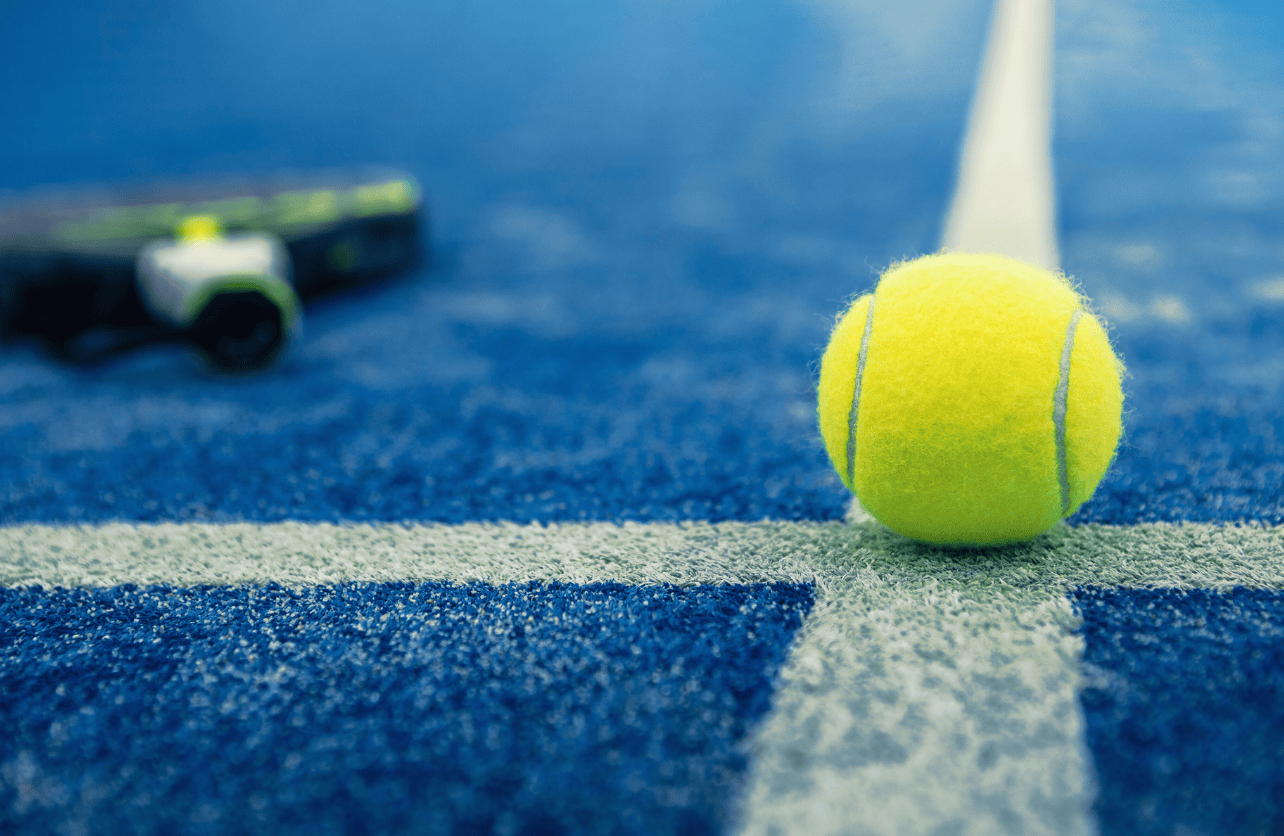Padel vs. Tennis: Why You Should Try Both

Tennis has long been a global favorite, played on everything from pristine grass courts to neighborhood asphalt. Meanwhile, padel—a sport that blends elements of tennis and squash—has been rapidly gaining popularity, particularly in Europe and Latin America. While some might see them as rivals, the truth is that both sports offer unique benefits and can complement each other in ways that enhance your overall fitness and enjoyment.
If you’re already a tennis player, you might find padel a refreshing and social alternative. And if you’ve fallen in love with padel, playing tennis could challenge you with a different pace and skill set. So why choose one when you can enjoy the best of both?
Understanding the Key Differences
At first glance, tennis and padel look similar—both are racket sports played with a partner (in doubles) or one-on-one (in singles). However, they have distinct characteristics that change the way they’re played.
Court and Playing Environment
Tennis is played on an open court, usually made of hard, clay, or grass surfaces, while padel is played in an enclosed glass-walled court that allows the ball to bounce off the walls. This creates a faster-paced, more strategic game in padel, as players can use the walls to return shots in ways not possible in tennis.
Equipment and Ball Speed
Tennis rackets are larger, stringed, and more powerful, designed to generate spin and speed. Padel rackets, on the other hand, are smaller, solid, and perforated, reducing power but increasing control. The balls used in padel are slightly less pressurized than tennis balls, making them bounce lower and slowing down play.
Playing Style and Strategy
Tennis relies heavily on power, speed, and precise shot placement. It requires strong serves, effective baseline rallies, and good net play. Padel, on the other hand, is more tactical, with slower yet unpredictable rallies due to wall rebounds. This makes it easier for beginners to get into the game while still offering depth for advanced players.
Now that the differences are clear, let’s explore why playing both sports can be incredibly rewarding.
Physical and Fitness Benefits
A Balanced Workout for Different Muscle Groups
Both tennis and padel provide excellent cardiovascular exercise, but they work the body in slightly different ways.
- Tennis engages explosive movements and high-impact sprints, strengthening leg muscles, core stability, and upper body power.
- Padel, with its shorter and quicker rallies, emphasizes agility, reflexes, and endurance, engaging more rotational core movements and quick footwork adjustments.
By alternating between the two, you engage different muscle groups and reduce the risk of overuse injuries common in racket sports.
Improved Coordination and Reflexes
Due to the smaller court and use of walls, padel requires quick reflexes and reaction time. The enclosed space means you constantly have to adapt to unexpected ball directions. Tennis, meanwhile, sharpens your anticipation and precision, especially with faster-paced serves and long-range shots.
Playing both sports improves your hand-eye coordination and adaptability, making you a more well-rounded athlete.
Social and Enjoyment Factors
More Variety, More Fun
If you’re someone who thrives on variety, playing both sports keeps things exciting. Tennis demands technical skill and endurance, while padel adds an element of unpredictability and strategic play. This combination can help prevent burnout, making you more likely to stay active and motivated.
Padel’s Accessibility for Beginners
For those who find tennis difficult to start with, padel is an easier introduction to racket sports. The shorter racket, slower ball, and enclosed court make rallies easier to sustain, allowing beginners to enjoy the game right from the start. Many players who struggle with tennis’s steep learning curve find padel a great alternative to build confidence before tackling tennis.
Tennis Enhances Precision and Power
On the other hand, if you start with padel and later try tennis, you’ll find that tennis challenges your power, endurance, and shot accuracy. The increased distance covered on a tennis court pushes your stamina and forces you to develop stronger baseline and net-play skills.
Both Sports Encourage Doubles Play
While singles tennis is common, both padel and doubles tennis emphasize teamwork, communication, and quick reactions. Playing both improves your on-court chemistry with partners, whether in tennis or padel doubles matches.
Why You Shouldn’t Choose Just One
Instead of deciding between padel and tennis, integrating both into your routine enhances your skills and overall athleticism. Some of the greatest tennis players, including Rafael Nadal, have used padel for training, highlighting its ability to refine footwork, hand-eye coordination, and reaction time.
Tennis teaches power, endurance, and shot placement, while padel sharpens tactical play, reflexes, and agility. By enjoying both, you maximize the benefits of racket sports while keeping your workouts fresh and engaging.
So why limit yourself? Try both and experience the best of two fantastic sports that complement each other in ways that can elevate your game and fitness level.
Trustworthy Insights for You
With years of combined expertise in online publishing, OvertimeReviews embodies the lessons learned from SEO strategies to paid advertising experiences. We've navigated the highs and lows, and our goal remains clear: to equip readers with comprehensive information they can trust.
